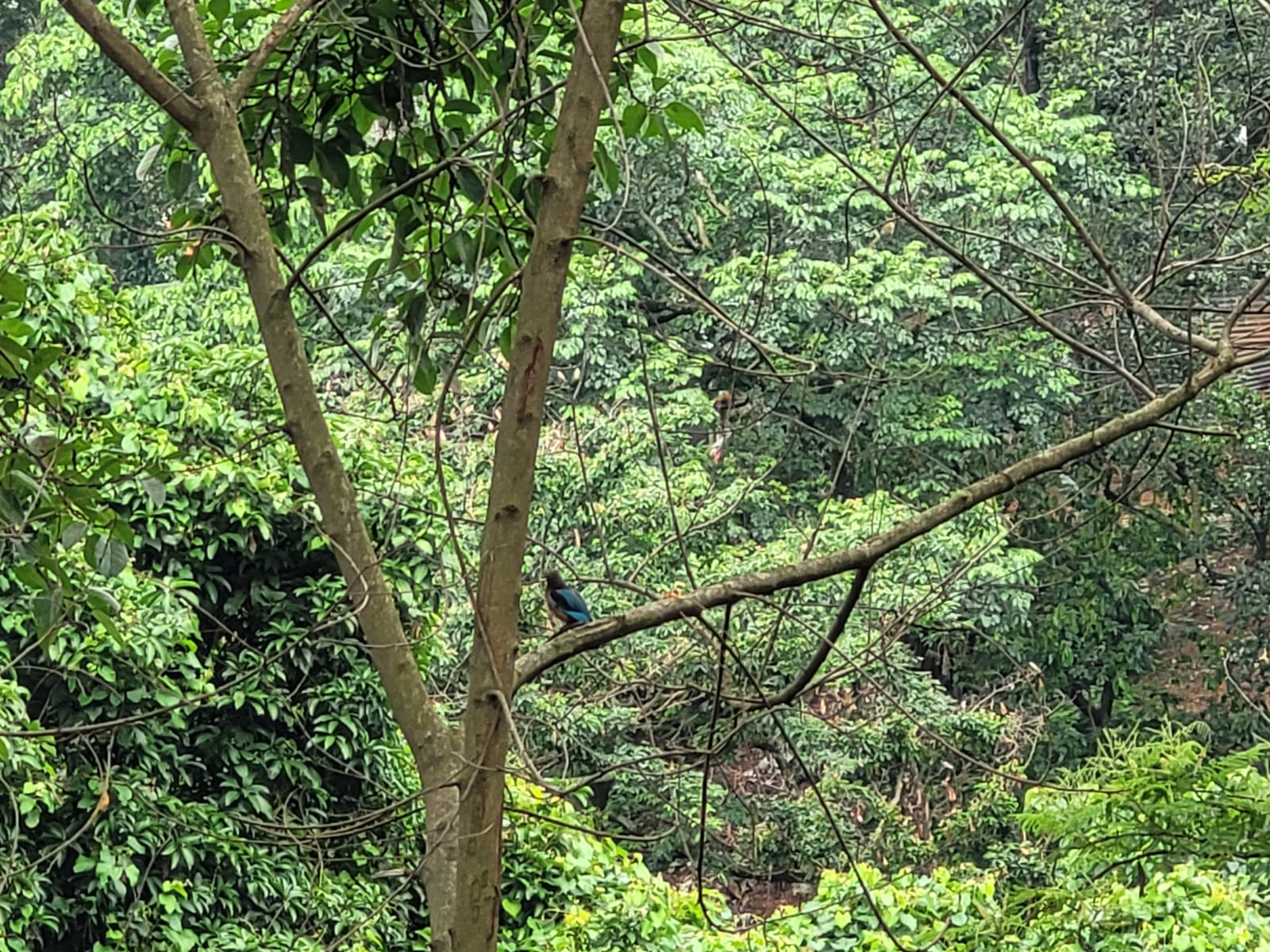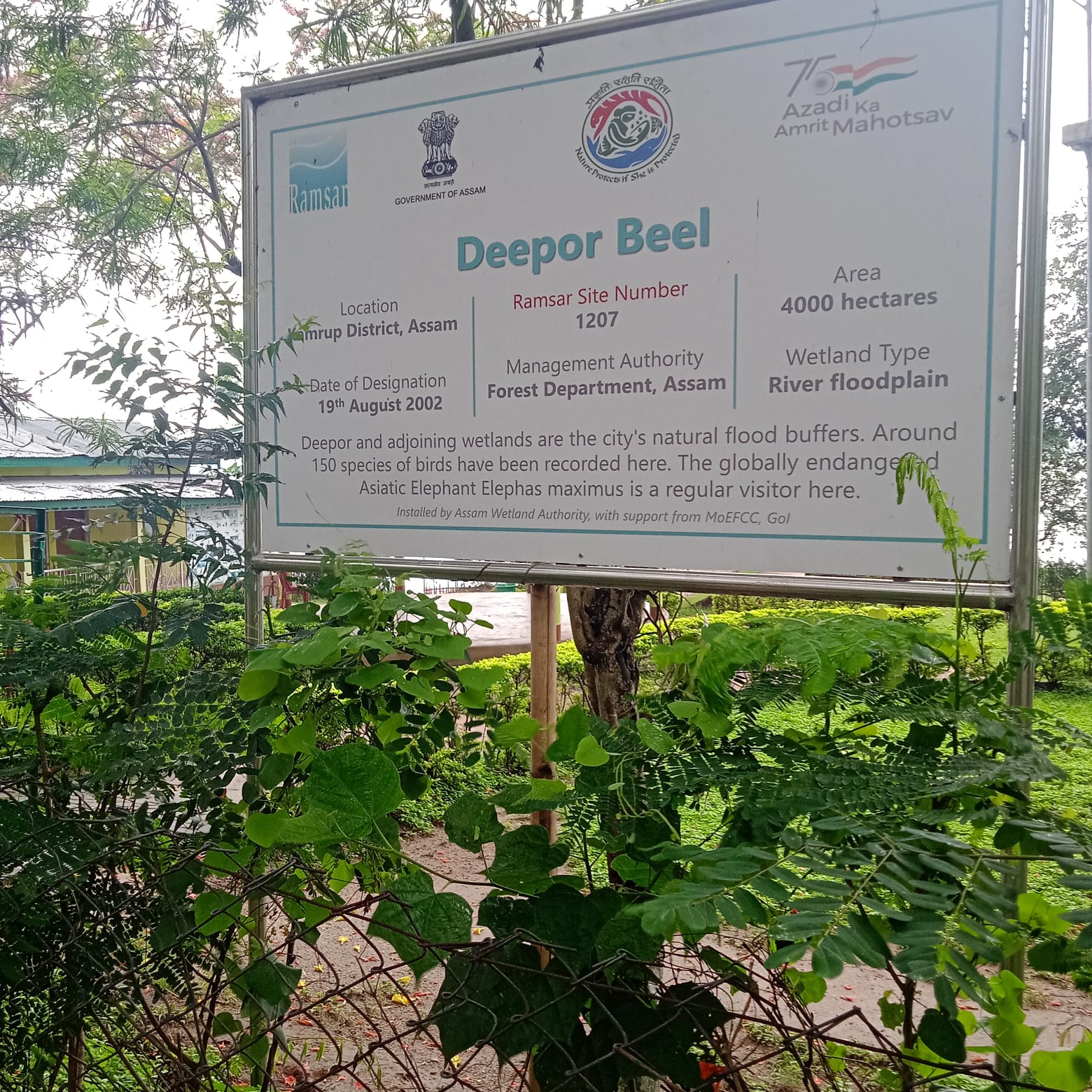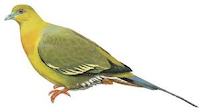
Thursday, December 15, 2022
Gratitude Journal
Sunday, December 4, 2022
Choosing to Stop the Chase
Thursday, June 16, 2022
On a day like today
Friday, May 20, 2022
Birding in Guwahati: Kamakhya and Deepor Beel
Kamakhya is a powerful Goddess- probably the only one celebrating the female ability to produce offspring. This is the menstruating Goddess and the phenomena of menstruation, pregnancy and childbirth are worshipped here.
The place of worship is ancient, believed to have been found at the site where the Mother Goddess's womb fell from the sky.
Anyway, while the temple experience was a bit disappointing (am not sure if I should go to see any further famous temples in the North... they all have a single formula: go, buy a massive basket of junk which are apparently essentials to enter a temple, get accosted by a priest, go do a bunch of things they tell you to do and come back with the same basket of junk that you had taken inside in the first place, but now apparently blessed). What is the true miracle is that some temples, even in the face of this blatant money-mindedness automated herding through random corridors, still retain a feeling of deep spirituality. Many other temples, however, become just the backdrop to this empty and heartless monetary machine.
What made the Kamakhya experience bearable, in my mind, is the nearby Kali temple and its forest grove.
B and I saw a solid waste management plant and in our new avatars as people deeply interested in waste in all its forms, decided to go and see what it was.
 |
| This is the unassuming entrance to the most magical secret grove! |
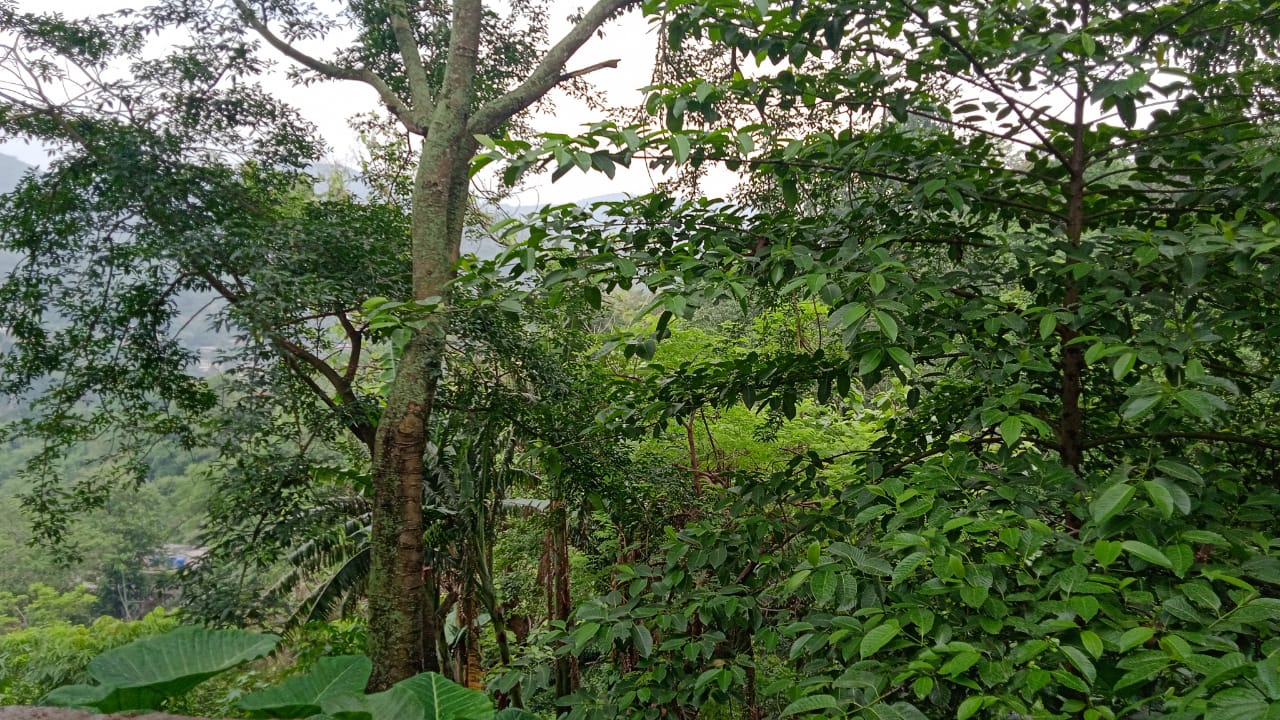 |
| Many birds! Right at eye level! Very happy!! |
 |
| Pretty little village road. Image courtesy: Bidipta Roy |
Birds seen:
a) Flamebacked woodpecker.... for the first time in my life, I saw it fly... and realized it's quite a small bird! It's wing feathers are a shape that is quite unique- separate, a bit like fingers.
 |
| From Wiki media commons |
b) White breasted Kingfishers- a family of five!
c) Blue throated barbet
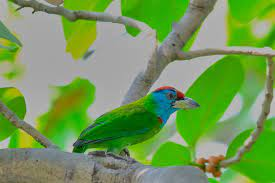 |
| Just look at those colors! From Wiki commons |
d) A pair of Oriental magpie robins: these are pretty common birds in and around Bangalore. But this is the first time I saw a female one at very close quarters.
A few years ago, I had spent hours and hours hunting online to try to identify a bird that I had seen. It took me a long time to realize that it was the female cuckoo! Thankfully, this time, it didn't take me quite as long to think of this little lady as the female member of a known bird species, instead of a totally new species of bird :)
So, am feeling rather happy about my growth as a birdwatcher.
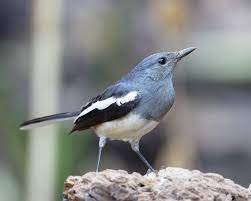 |
| From Wiki commons |
e) Perhaps it is only my imagination, but I feel that the crows of Guwahati are smaller than those in the South. Not sure if there are species differences- I am unable to make out even after using the field guide.
Tried returning to Kamakhya that evening for more birdwatching, but alas, the traffic of Guwahati conspired against us. We were stuck in traffic for more than an hour and ran out of time.
 |
| Struggling to identify the birds I see- they all look like egrets... but are they? |
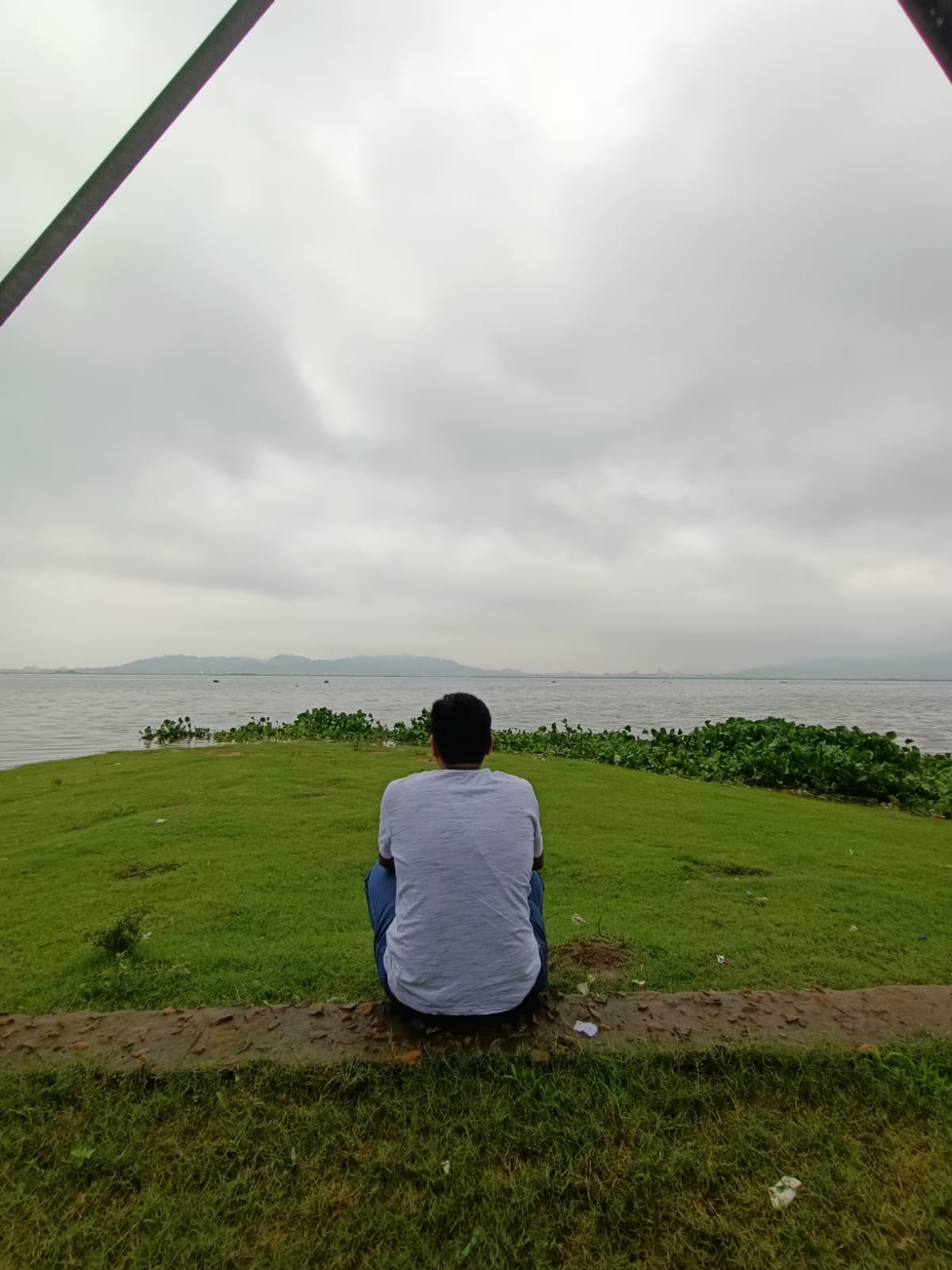 |
| PK thinking deep thoughts while gazing into the horizon |
 |
| Hello Mr. Drongo... or Brongo, as Durga would call you! |
 |
| This one walked all the way from Kaziranga! |
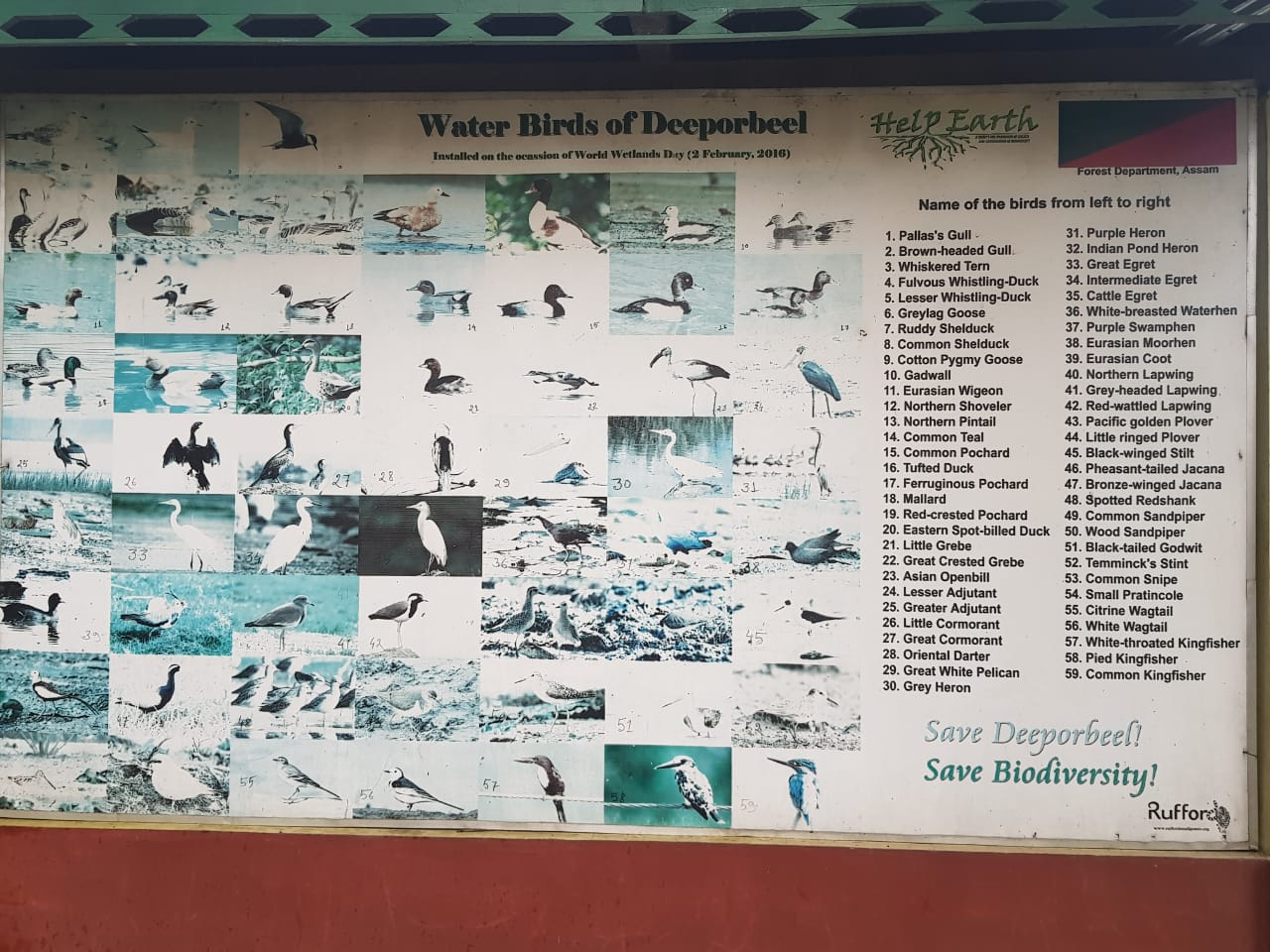 |
| Birds that can be seen at DB |
Caught sight of at least three different myna family species: the common myna, the collared myna and the pied starling:
Sunday, March 27, 2022
Walking
Is there a better way to learn the landscape of a country other than to walk it?
RK has been mentioning walking to Kolar, doing a walking trip to Tirupathi from Bangalore and other such ideas for many years and I was not in the mental frame of mind to pursue it with any great interest.
Since last year, after we camped out so often in our farm, come rain or shine, my comfort with the outdoors has grown. I feel as though I personally can handle the weather, no matter how rainy or hot it gets.
Multiple conversations during the course of our Sikkim trip and a chance meeting with Mr. Abdul, who is walking from Thrissur, Kerala to Bangladesh through Nepal and Bhutan, allowed me to think through the individual steps of the overall idea and and realize, once you break down the seeming insanity of walking everywhere, regardless of its distance, into bite-sized steps, then it not only becomes manageable, but downright exciting.
To put this new found realization to reality, on our last couple of days in Sikkim, we decided to walk from Yuksom. We initially meant to walk all the way to Jorethang, from where we would take a cab to Siliguri and thence a train to Varanasi. But Jorethang is almost 62kms away and we didn't think we would be able to manage that far in one day. Hence, we decided to walk from Yuksom to Tashideng after sending our luggage by jeep from Yuksom to Jorethang, Armed with a couple of bags containing food and water, the four of us set out to shatter our mental barriers against long distance walking.
Tashiding probably has the most famous monastry in Sikkim. The monastry, while not as old as Dubdi in Yuksom, is considered to be sort of like a Thirthasthala: a place where you are reborn and your soul is cleaned of all its sins. Many pilgrims make the journey to Tashiding. We felt confident that we might be able to get a cab from there to Jorethang.
 |
| The route from Yuksom to Tashiding |
 |
| Position of Tashiding relative to Yuksom and Jorethang, Sikkim |
1. We would walk in a single file,
2. We would not suddenly stop walking even if there was something extremely interesting, and
3. We wouldn't whine for breaks.
.jpeg) |
| A few minutes after we start from Yuksom, Durga breaks rule 2 (and she knows it, by the grin on her face). |
 |
| Trickles of water from the mountain are tapped into bamboo shoots and become a natural tap. Many travelers use this for bathing, washing and drinking |
.jpeg) |
| These streams are extremely refreshing, cold and clean- perfect to cool down after a few hours of walking |
 |
| Our first and favorite hill (because we could walk entirely downhill) was closest to Yuksom and had many tiny waterfalls like this one. |
 |
| From https://ebird.org/species/booeag1?siteLanguage=en_IN showing the reported distribution of the Booted Eagle |
 |
| Kids sitting by the side of the road waiting for me to get water from a nearby hut |
.jpeg) |
| Durga entertains herself by finding various twigs that she claims are wands. |
.jpeg) |
| Tashiding Town |
 |
| Down, down, down! |
 |
| Forests on either side of the road to Tashiding. |
Thursday, March 17, 2022
Gangtok: Nature Nestled in Between Markets
Within its winding, hilly and ever packed roads, Gangtok has hidden pockets of magic that steal one's breath.
It could be the mist that drapes itself on the slopes of the Himalayan foothills gently like a veil. Or the way the Kanchenjunga range teases one with glimpses, ducking back behind clouds like a child playing peekaboo. Perhaps it is the unexpected sight of alpine swifts fluttering and chirping in the doorways of stores and houses or the way a seemingly barren tree comes to writhing, wriggling and cheerful life when a foraging party of warblers, tits and sparrows descends on it.
A short walk right behind Gangtok's M.G.Marg leads to a magical grove called the Nam Nang (mis-spelled as Nam Nam on Google maps) observation point.
The entrance to Nam Nang is a nondescript pathway along a larger road, opposite the Sikkim Legislative building and next to the Gangtok ropeway. In the early morning mist, the pathway is enchanting: black-lored tits fly above you and foraging parties of laughing thrushes and leothrixes are found right by your feet, under bushes or in little garbage heaps by the side of the pathway. The black-lored tits are the size of a sparrow, or are perhaps plumper, and chirp and flit like them.

Birds seen at Nam Nang (around 7am on a sunny day):
Thursday, February 17, 2022
Bino-less Start
We are back in Sikkim! Our many adventures in 2019 had struck such a chord in all of us that we decided we would come back for a longer stay and celebrate my 40th birthday. Unlike last time, we planned well in advance and hence were able to get tickets directly (or at least, as close to) to Sikkim: we flew to Bagdogra and undertook a 4-5h cab journey from there.
In my quest to keep the house clean before we left (RK's uncle's family would be staying in our place during the 2 weeks we weren't around), I forgot to pack the two most important things: binoculars and bird book 😱😭
As I type this, a spiteful voice inside me questions, but if they were that important, why did you leave them till the last minute? Why were they not the first things you packed? Yes, all true... I don't really have an answer other than to say, we are creatures of habit, and usually, I pick up the binos and book as I leave the house. This time, I picked up a couple of extra pants and sweaters 😖 because my greatest fear is death by freezing.
Binos make me feel like I can keep up: my eyes are quite severely myopic and I miss most things that the rest of the family picks up easily among the foliage. Binos give me a feeling of independence: I can pick out birds, make notes on the exact colors and patterns and look up their identity myself. Binos make me feel like I belong: I am able to partake of nature's incredible beauty because of them. Last time in Yuksom, binos helped me lose myself in nature, the most meditative experience I have ever had. I want to be able to immerse myself in that kind of experience again.
No bino shops in Gangtok. No Amazon Prime delivery bringing a bino to my doorstep the very next day.
I am going to have to do my "immersion in nature" the hard way: by depending on myself.
Tuesday, February 1, 2022
The Overnight Shift Haikus
The Third Wave leaps up
For me, overnight shifts mean
Taylor Swift on loop
We are never ev-
er getting back together
she loves to inform
But Ed Sheeran 's Perfect
Robbie Williams Maroon5
Also keep me alert
A long night of tests
Analyze, approve, dispatch
Whoosh! Reports fly away
